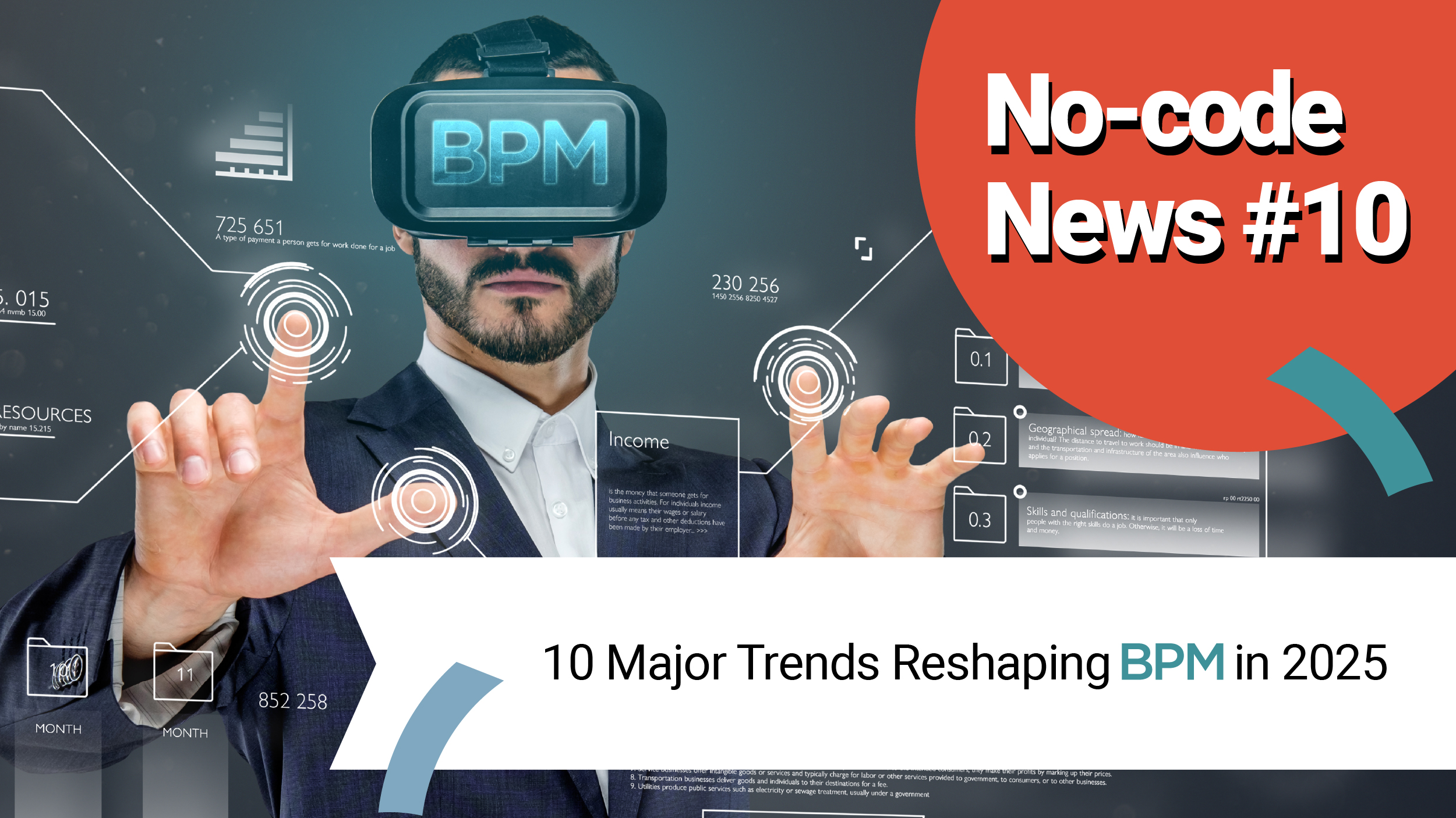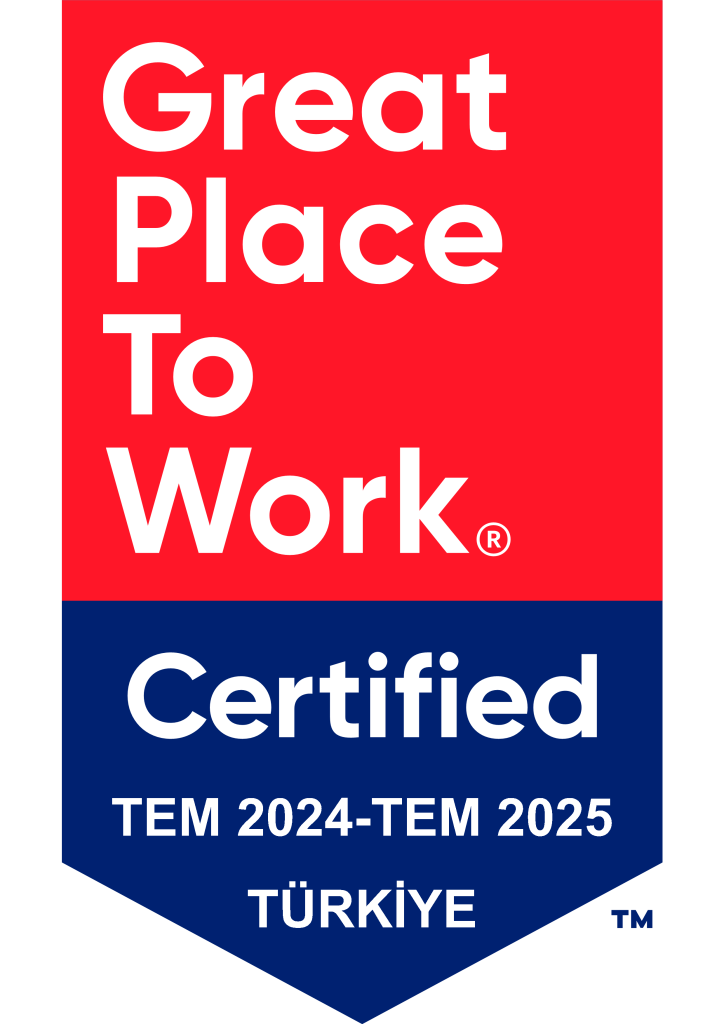
The year 2025 will be a pivotal one for Business Process Management (BPM), witnessing significant transformations. Technologies such as artificial intelligence, low-code development, and intelligent automation will make process management more flexible, smart, and user-friendly. The business world will encounter a wide range of innovations, from process mining to adaptive process management.
These trends and developments shaping the BPM landscape will also add value to organizations. Are you ready to discover ways to make your processes more efficient and gain a competitive advantage?
1. Citizen Developers and Automation
BPM tools focused on citizen developers enable more users across the organization to identify, implement, and measure process improvement ideas while maintaining necessary governance. Advanced process automation facilitates the creation of BPM bot workers, taking over increasingly complex tasks previously performed by humans.
End-to-end process mining will make it easier to discover and enhance process maps without requiring process experts’ assistance. At the same time, process experts will find it easier to establish the right governance for broader adoption of these tools.
2. Process Monitoring and GenAI Collaboration
Generative AI (GenAI) can be leveraged for real-time analysis of data collected through process mining tools. According to Gartner’s VP and BPM analyst Marc Kerremans, this proactive approach will empower organizations to optimize their processes and improve overall business performance. GenAI can efficiently identify enhanced approaches to create new process models or refine existing ones by analyzing real-time data streams and comparing them with best-practice process flow datasets.
3. Integration of Customer Experience Features into Workflows
Customer experience (CX) is becoming an increasingly critical differentiator for businesses. A recent Pew Research study found that 86% of consumers are willing to pay more for a better customer experience.
In the coming years, BPM platforms will need to integrate CX features into workflows more seamlessly. Companies that link BPM processes to customer experience will have a distinct advantage over competitors by delivering faster, more personalized, and more efficient services.
4. Automated Process Discovery: Full Mapping of Enterprise-wide Processes
The first versions of process mining tools analyzed log files from a single critical system, such as an ERP platform, to understand which business units accessed and updated specific data. However, this approach has evolved into integrating multiple systems’ actions to map data flows and provide a comprehensive view of organizational processes.
Human interactions in business processes still require traditional interviews and observations for discovery. However, as more process steps move online, keyloggers and location trackers can increasingly capture manual processes.
5. Adaptive Process Management: Agile and Iterative Process Modeling
Adaptive process management enables the handling of unknown factors that arise during process execution. Cloud-based integration tools provide users with the ability to model both structured and unstructured business processes. As these BPM systems become more sophisticated, they will also serve as orchestration layers, integrating legacy tools, robotic process automation software, artificial intelligence, and ERP systems.
6. Process Modeling
One of BPM’s core capabilities is developing tools to better understand and improve business processes. After organizations have leveraged automated tools for process mining and mapping, process modeling takes this capability to the next level. It allows teams to ask “what-if” questions and align outcomes with business goals. This development reflects the growing importance of observability tools for managing applications and microservices at the process level.
7. AI-Powered Automation Agents
While BPM platforms are rapidly integrating GenAI models to assist with process design and integration, they are also moving toward the creation of AI-powered workflow agents. These agents will generate subtasks and gain a level of autonomy through feedback and voting loops.
8. Low-Code and Customized Development Coexistence
Innovations in low-code/no-code development have played a crucial role in transforming new ideas into more efficient business operations. Approaches like model-driven development, which utilize Business Process Model and Notation (BPMN) and Decision Model and Notation (DMN), will improve the understanding of business processes and enhance collaboration between IT and business teams. Additionally, new approaches to modeling system behaviors as processes will improve code reusability.
9. Business Processes Shaped by GenAI
Generative AI is reshaping every aspect of business. BPM can play a vital role in creating better processes that align with business objectives and stakeholder incentives. GenAI can refine workflows, streamline specific tasks, reduce downstream work, and facilitate the scalability of processes.
10. Continuous Business Transformation, Ever-Evolving BPM
Traditionally, business transformation focused on time-limited projects. The acceleration of tool integration is digitizing business architecture and connecting it to application-supported processes. The entire process is mapped and monitored against key business performance indicators. AI is becoming more adept at providing process optimization, simulation, and intelligent process capabilities. Implementing BPM capabilities while designing and building core applications makes BPM an essential part of architectural patterns.
These trends will play a critical role in BPM in 2025. Ensuring your organization keeps up with these innovations can help maintain a competitive edge.















